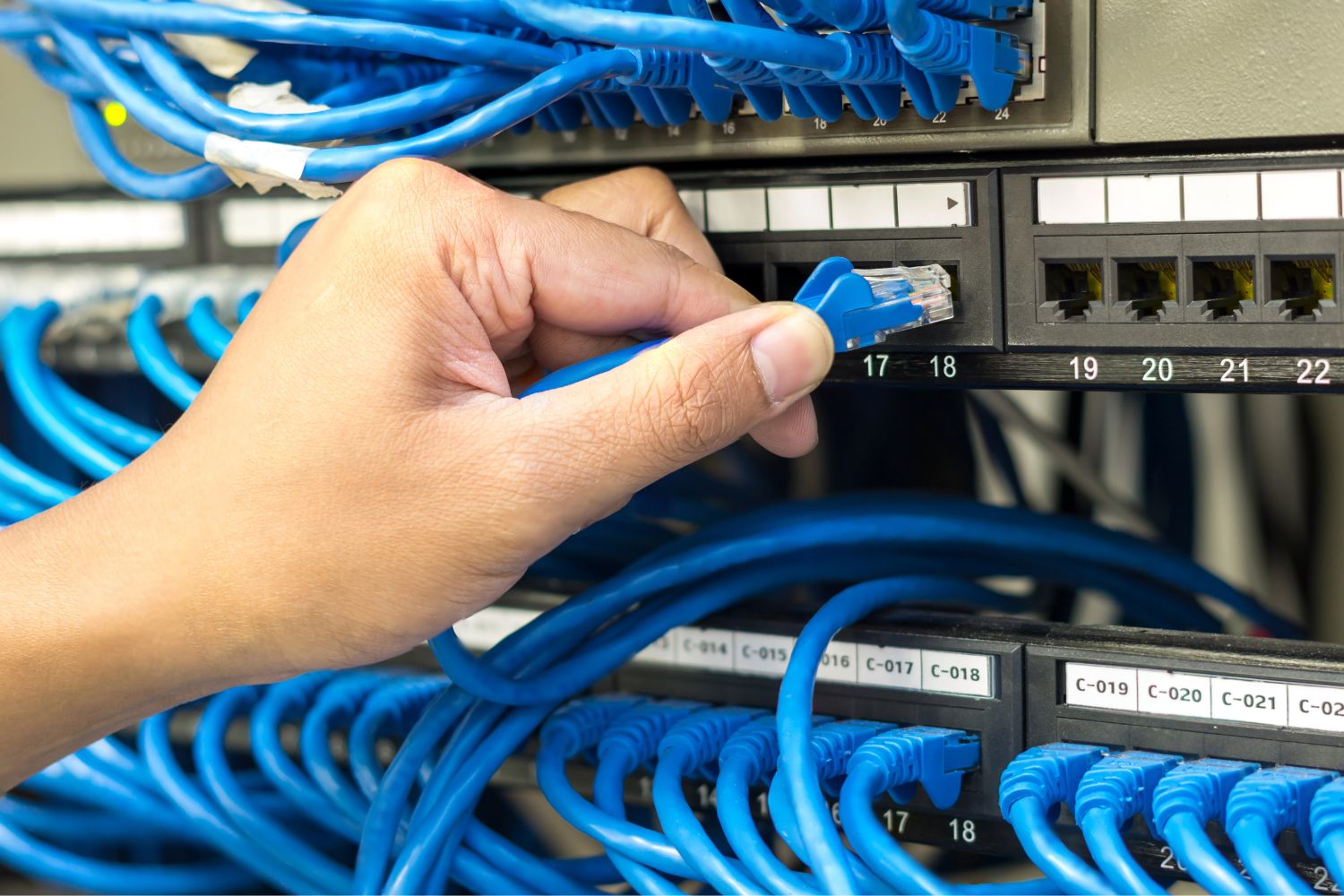Vibration testing has for quite some time been inseparable from quality control processes, giving makers a dependable strategy to evaluate the sturdiness and dependability of items. Nonetheless, the utility of vibration testing reaches out past the domain of value control, assuming a multi-layered part in different parts of item improvement, enhancement, and, surprisingly, prescient upkeep. The vibration tests assess a product’s durability by subjecting it to controlled oscillations, ensuring reliability under stress.
At its center, vibration testing is an essential device for quality control, assisting makers with distinguishing likely shortcomings and primary blemishes in items. By exposing things to controlled vibrations, architects can reenact genuine circumstances, guaranteeing that items can endure the afflictions of transportation, utilization, and ecological variables. This part of vibration testing stays crucial, as it straightforwardly adds to working on the general quality and life span of a large number of items.
Vibration testing is a useful tool in the product development phase in addition to quality control. This testing approach is utilized by designers and engineers to evaluate prototypes and improve designs prior to mass production. By exposing models to different vibration frequencies and amplitudes, they can distinguish plan shortcomings right off the bat in the advancement cycle, saving both time and assets. This proactive strategy makes sure that products not only meet quality standards but also work well in a variety of situations.

Vibration testing likewise assumes an essential part in the enhancement of existing items. Manufacturers can fine-tune designs to improve performance and durability through iterative testing and analysis. This persistent improvement process permits organizations to remain serious by conveying items that meet as well as surpass client assumptions with regards to dependability and life span.
Notwithstanding its applications in item advancement and improvement, vibration testing has tracked down importance in the domain of prescient upkeep. By observing the vibration marks of apparatus and gear, support groups can recognize early indications of wear, misalignments, or different issues that might prompt breakdowns. This proactive way to deal with upkeep forestalls exorbitant breakdowns, limits free time, and broadens the life expectancy of basic resources.
While vibration testing stays a basic piece of value control, its adaptability in item advancement, improvement, and prescient support features its more extensive importance. Utilizing vibration testing as a multifaceted instrument may result in enhanced innovation as well as operational efficiency in addition to improved product quality. Engineers conduct vibration tests to validate the structural integrity and performance of mechanical components and systems.











